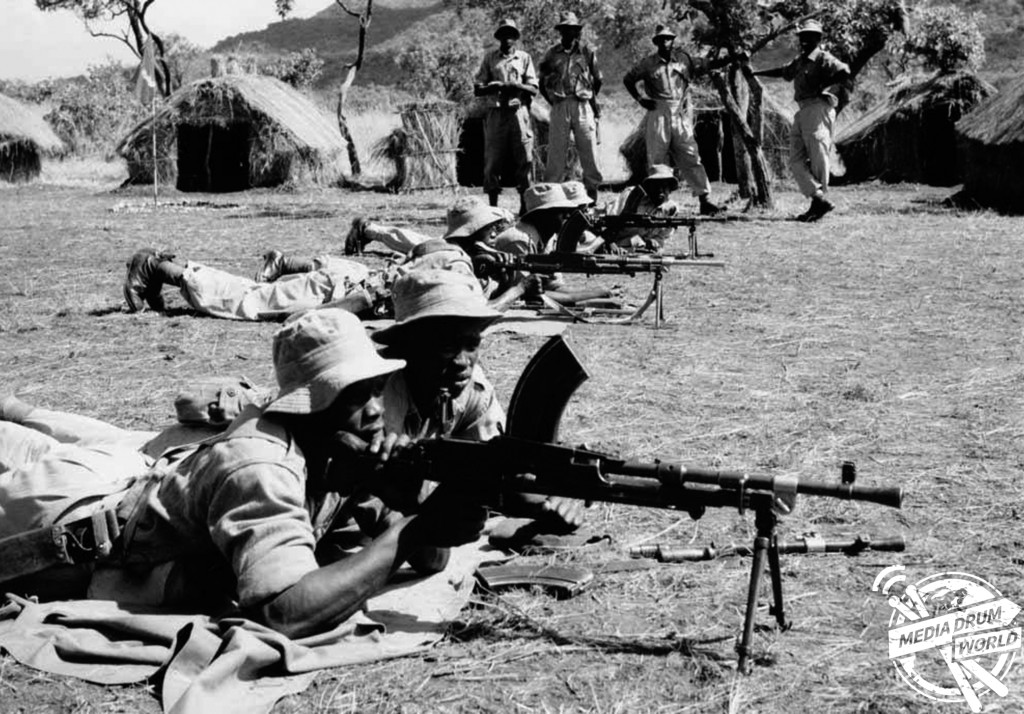
By Mark McConville
INCREDIBLE images have revealed the harsh environment British soldiers had to endure during the Kenya Emergency as they sought to put down the Mau Mau Rebellion.
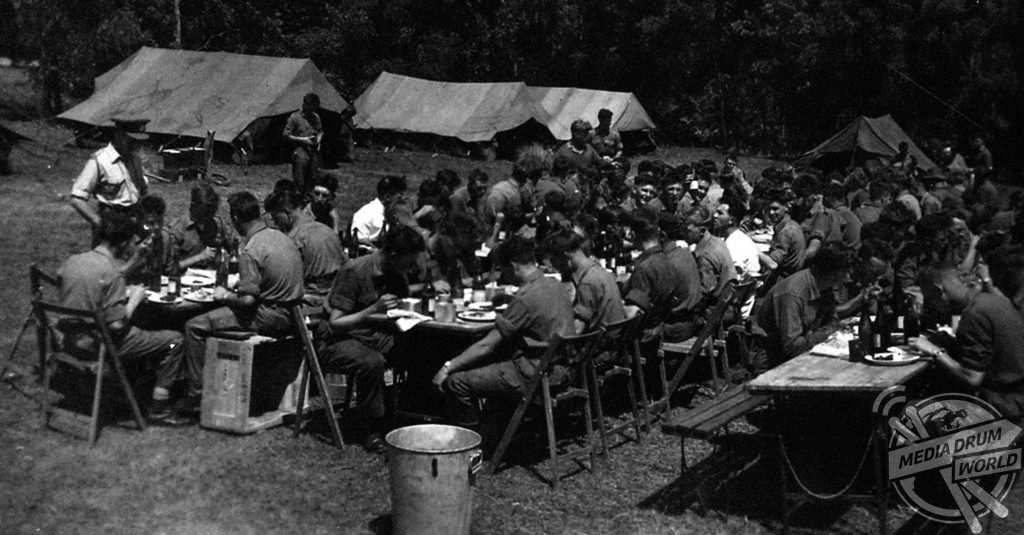
Rare and striking pictures show British and African soldiers wading through semi-tropical forest which the rebels used to exploit and ambush them and navigating across a rocky river.
Other shots show a Mau Mau gang proudly posing for the camera, Mau Mau prisoners being guarded and soldiers checking identity cards in Nairobi during a period of increased internal security threat.
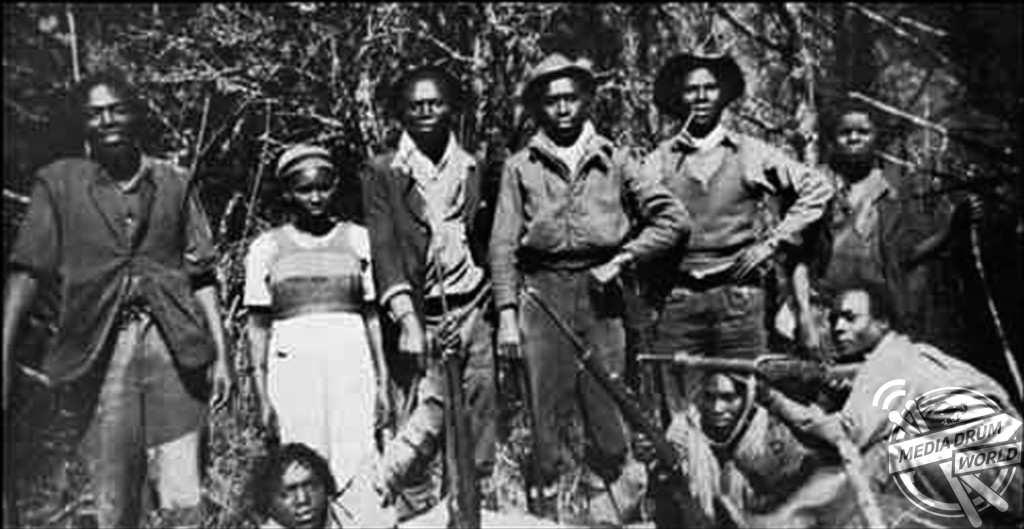
The pictures are showcased in a new book, The Mau Mau Rebellion, by Nick van der Bijl and published by Pen and Sword.
Unlike other titles on the subject, this book focuses on British counter-insurgency operations in Kenya between 1952 and 1956, while only mentioning the political situation for context.
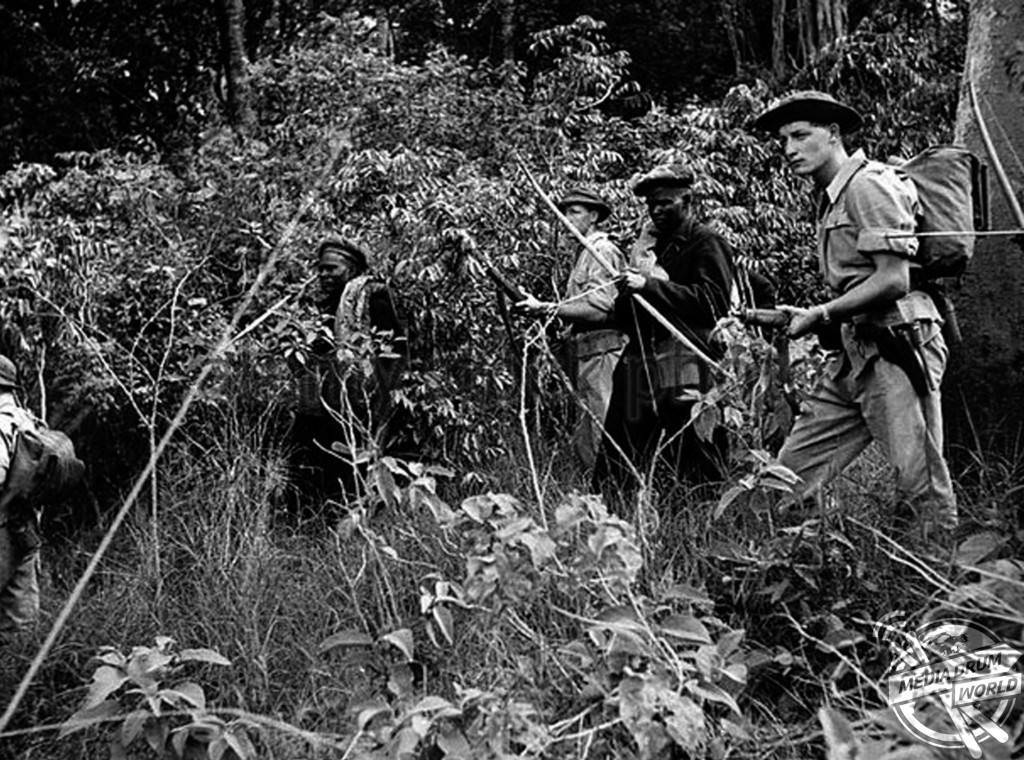
“The book adds to the understanding of the Mau Mau Emergency by describing the purpose and lives of British Service personnel serving in Kenya,” said Mr van der Bijl.
“Many were National Service, some of whom had seen active in Korea. Among the regulars were veterans of the Second World, the Palestine Emergency, Malaya and Korea.
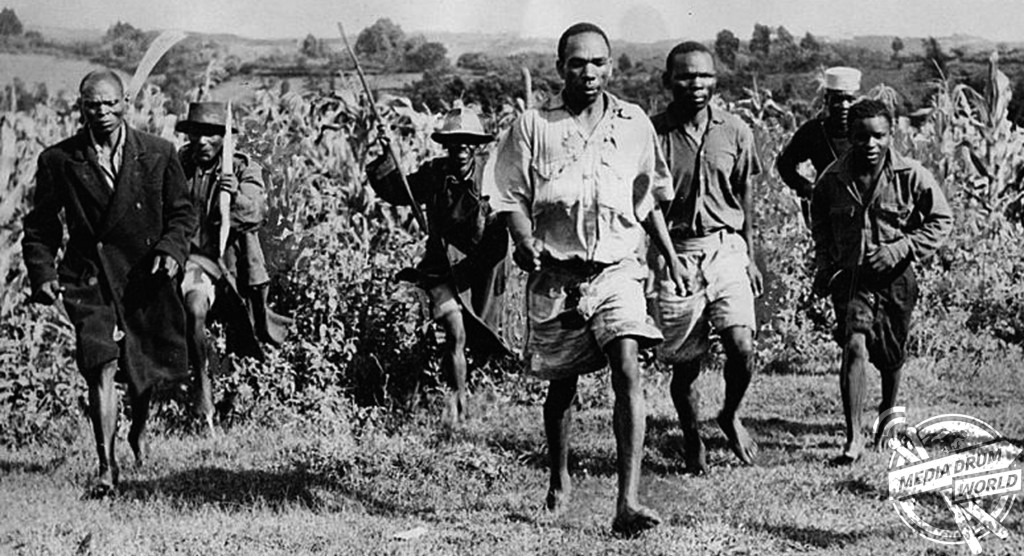
“The Army was thoroughly familiar to adapting to different environments – in 1952, Malaya, Korea, Egypt. Lessons learnt in Burma during the Second World War and being applied in Malayan Emergency (1948-1960) and Kenya developed into the British counter-insurgency strategy that is largely current today. A training school was established. British units arrived direct from UK, Korea and Egypt.”
The Mau Mau was a secret society confined almost entirely to the Kikuyu tribe who inhabited parts of the Central Highlands.
They had suffered badly from the introduction of British colonialism in the late 19th Century and had lost grazing grounds and homesteads to white farmers, many from the British upper classes.
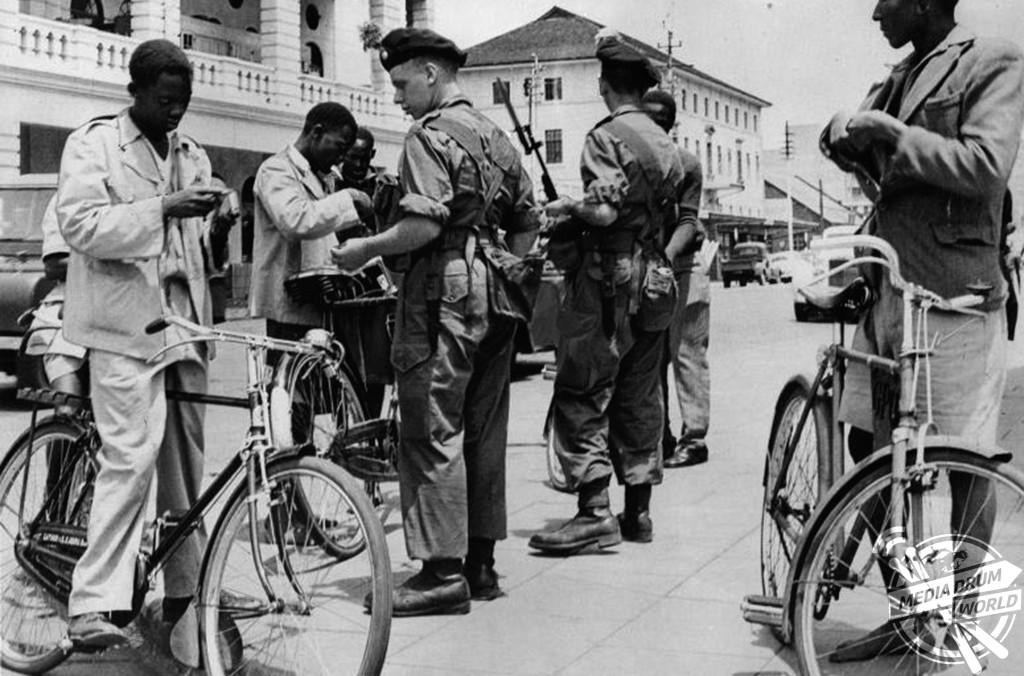
Kikuyu hostility first emerged after the First World War and developed into a political movement that was first proscribed for subversive activities in 1940.
“Independence was not widely supported by other Africans, many of whom retained loyalty to the colonial authorities,” said Mr van der Bijl.
“Extremists formed the Kenya Land and Freedom Army (KLFA), which became known as the Mau Mau.
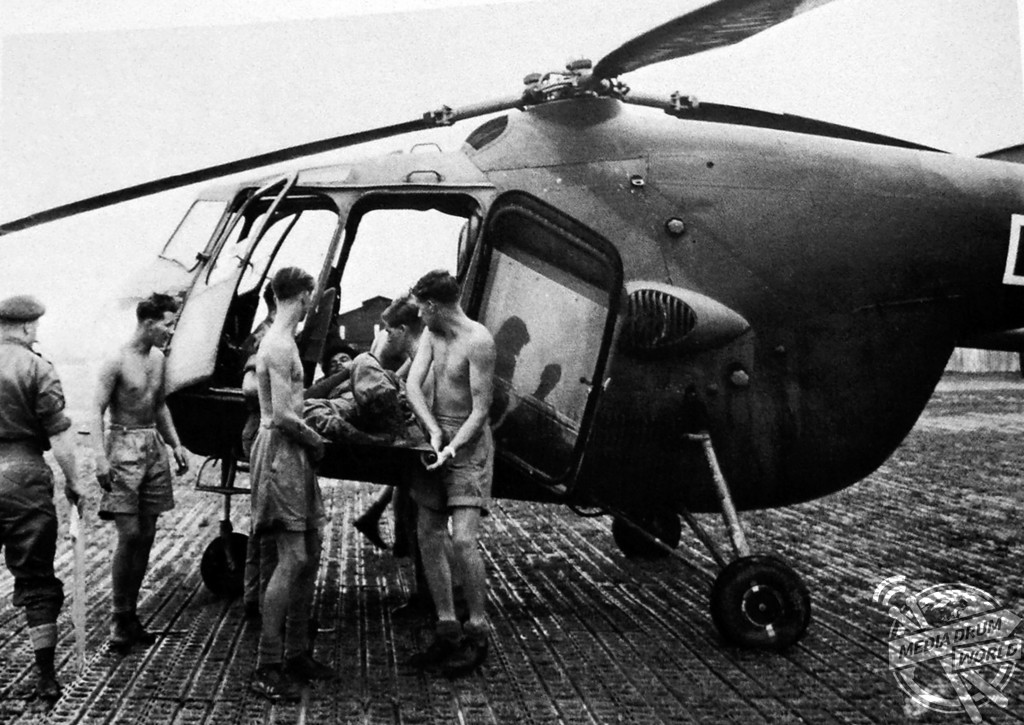
“After the Mau-Mau was banned in 1951, the Mau Mau Central Committee established camps in the Aberdare Highlands, Mt. Kenya, the Rift Valley, the ‘White Highlands’ and gained support in the Kikuyu reserves.
“While the Mau Mau intimidated loyalist Kikuyu though murder, burning of crops and grasslands and hamstringing of cattle, Governor Mitchell dismissed their oath ceremonies as primitive therefore not unusual.
“As tension increased in 1952, the State of Emergency was declared in 20 October and the 1st Lancashire Battalion was sent from Egypt.”
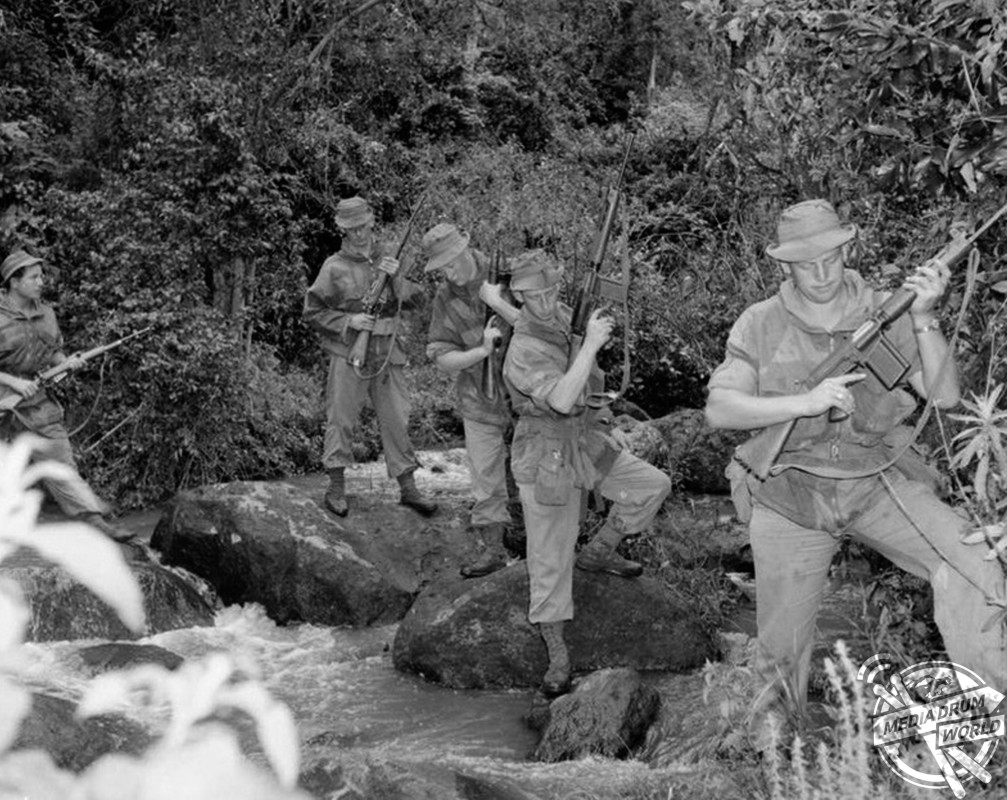
Britain dealt with the Mau Mau by seeking to confine them to the Prohibited Areas around Mount Kenya.
Various war crimes took place on both sides including the Chuka Massacre where members of King’s African Rifles B Company killed unarmed people suspected of being Mau Mau fighters. The people executed belonged to the Kikuyu Home Guard — a loyalist militia recruited by the British to fight the guerrillas.
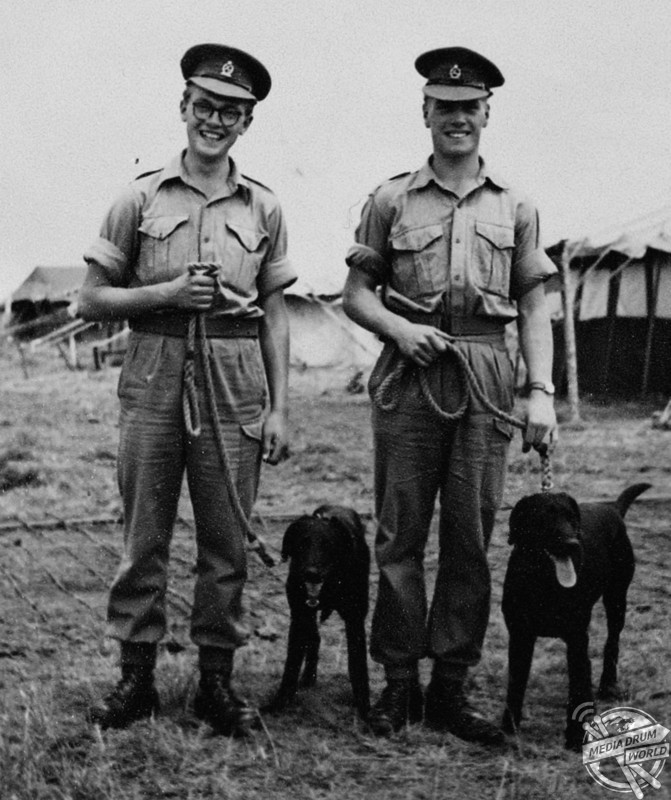
British interrogation techniques also involved torture while Mau Mau militants carried out the Lari massacre where they herded Kikuyu men, women and children into huts and set fire to them.
“While there was ill-discipline among the Kings African Rifles and other Kenyan units, the British Armed forces maintained their discipline,” said Mr van der Bijl.
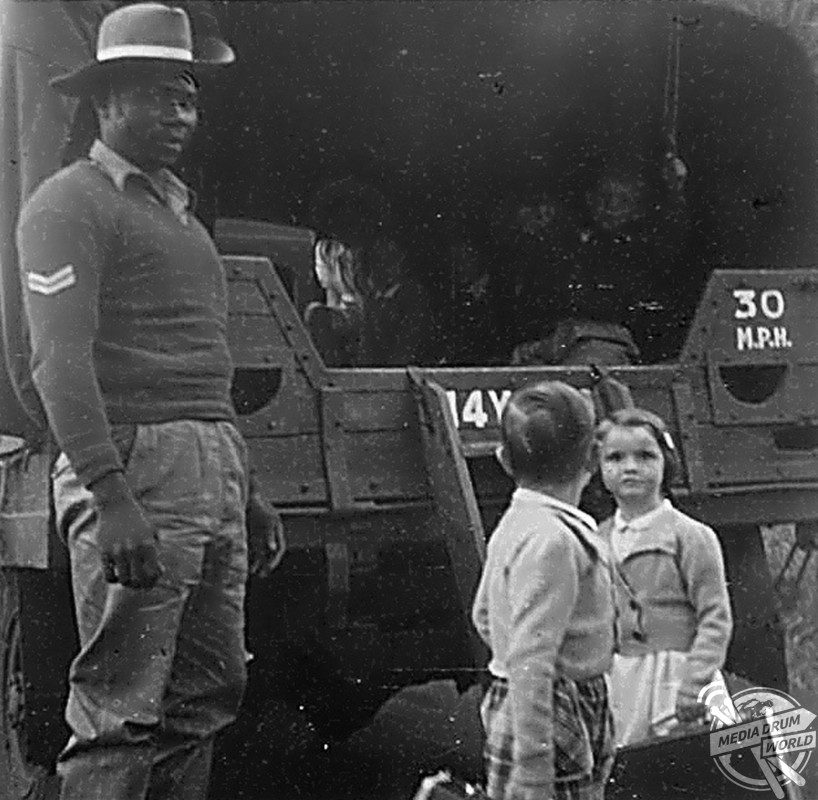
“The concentration camps were the responsibility of the Kenyan colonial government and not the Army. The Kikuyu also committed war crimes is conveniently forgotten.
“The Kenya Emergency was essentially a peasants’ revolt against dominant colonists who had occupied the land they had usurped less than 50 years previously.
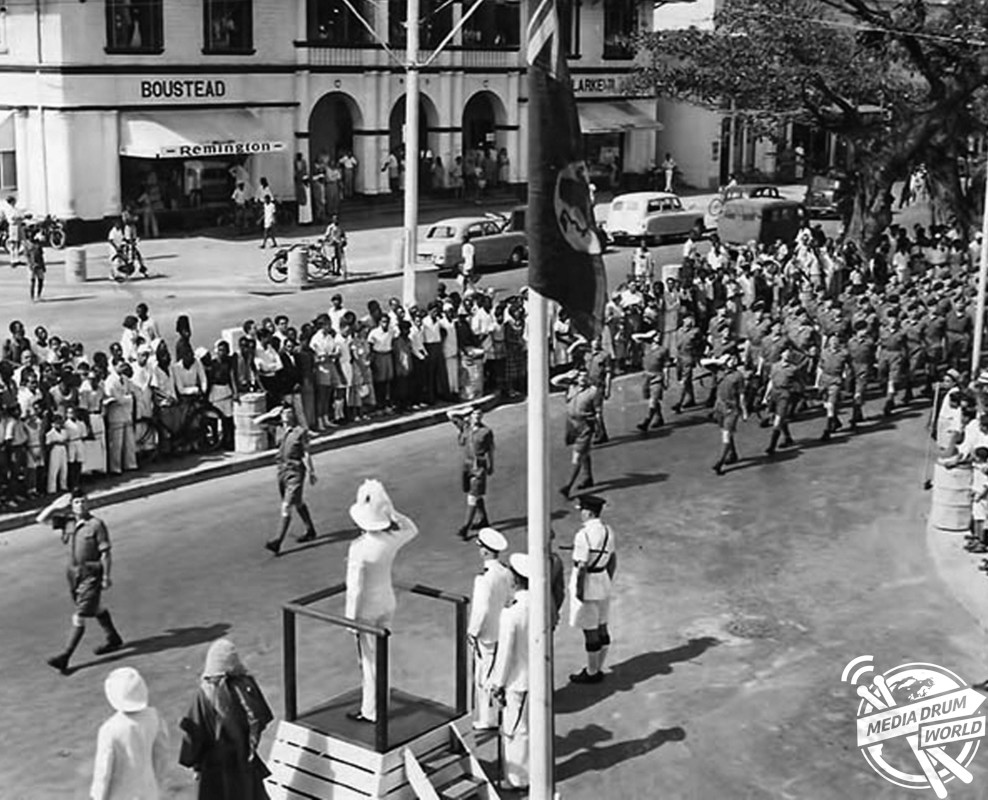
“Militarily, the peasants were defeated. Politically, they won, are still in power.”






